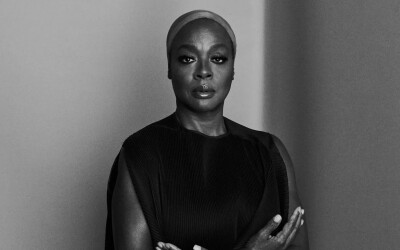NINA SIMONE WAS born Eunice Kathleen Waymon on Feb. 21, 1933, in the 660-square-foot house at 30 East Livingston Street. Simone’s mother was an ordained minister and domestic worker; her father ran his own dry-cleaning business and worked as a handyman. Modest though the home might seem today, back then it embodied the promise of prosperity. The Waymons’ plot of land afforded them room for a vegetable garden. They enjoyed other small luxuries, as well, as described in Nadine Cohodas’s 2010 biography, “Princess Noire: The Tumultuous Reign of Nina Simone”: a stove in two of the three rooms to keep the house warm during cold months and to heat water for bathing; a small pump organ where Eunice picked out her first notes; a swing in the yard; even a tennis court just across the street. The exercise of segregation was more nuanced in Tryon than it was in large metropolitan areas like Charlotte and Atlanta, but it nonetheless exerted itself as a palpable lack. Simone, her parents and her siblings (she was the sixth of eight children) lived in the home until early 1937, when her father suffered an intestinal illness that left him incapacitated for a time. The next several years were itinerant, the family moving to close to half a dozen now-forgotten homes in and around Tryon.
Those early years on Livingston Street established Simone’s foundation as an artist. “Everything that happened to me as a child involved music,” Simone wrote in her 1992 autobiography, “I Put a Spell on You.” “It was part of everyday life, as automatic as breathing.” Her mother, Mary Kate, sang church songs to her daughter; her father, John, introduced her to jazz and the blues. By the time Eunice was 4, she was accompanying her mother on piano as she preached Sunday sermons at St. Luke C.M.E. Church.
The years that followed were quite literally the stuff of storybooks (two children’s books about Simone’s life have come out in the last five years): Recognized as a prodigy, Eunice studied under a white woman, whom she called Miss Mazzy, who schooled her in Beethoven and Bach; the town rallied around Eunice and raised money to support her education, including time in New York City, at Juilliard; soon thereafter, she faced wrenching rejection from Philadelphia’s Curtis Institute, where she had hoped to continue her studies in classical music; instead, she made a surprising star turn as a lounge singer at an Atlantic City, N.J., nightclub, leading to a recording contract; a string of hits followed for Eunice (now called Nina); then, galvanized by the social and political upheavals of the 1960s, she achieved artistic complexity and individualism through what she would later call “civil rights music.”



